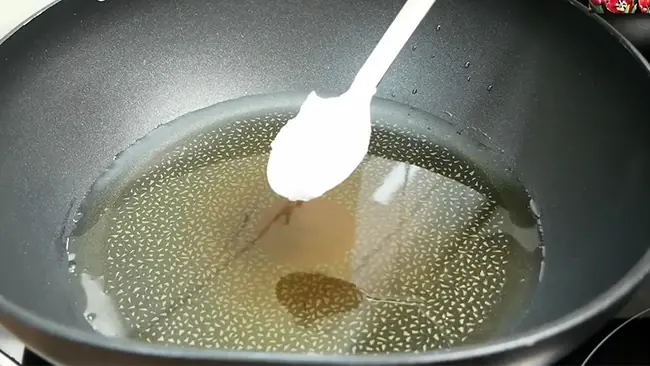
How to make a safe mosquito repellent spray in just a few minutes
With simple ingredients readily available at home, you can easily make a safe mosquito repellent spray in just a few minutes.

If you don't have a ready-made mosquito spray, you can create your own using natural ingredients that are easy to find. It's both convenient and safe, making it suitable for use even on children.
How to Make Your Own Mosquito Repellent Spray
Try this quick and easy way to make a safe mosquito repellent spray at home and enjoy a mosquito-free living space without worrying about the harmful effects of chemicals.
The following ingredients not only help repel mosquitoes but also provide a pleasant fragrance, helping you relax:
- Essential oils: Natural essential oils are very effective at repelling mosquitoes.
- Mineral water: Used to dilute the essential oils and create a sprayable solution.
- Apple cider vinegar: Acts as a solvent to help the essential oils dissolve better in water and enhances the effectiveness of the spray.
Additionally, you'll need a spray bottle to contain the mosquito repellent mixture. You can reuse an old spray bottle after cleaning it or purchase a new one from a store. A bottle with a capacity of about 100ml is ideal.
Steps to Make a Safe Mosquito Repellent Spray at Home:
- Pour 60ml of mineral water into the spray bottle. If mineral water is unavailable, you can use filtered water, but mineral water will help keep the solution cleaner and last longer.
- Add 30ml of apple cider vinegar to the bottle. This ingredient helps the essential oils dissolve better and has antibacterial properties to help preserve the spray.
- Add 20-30 drops of your favorite essential oils (lemongrass, lemon, tea tree, peppermint, lavender, etc.) to the mixture. Each essential oil has a unique fragrance and effect, so you can mix different oils to create a more effective and personalized blend.
- Close the spray bottle and shake it well to blend the oils together. Now you have a safe and effective homemade mosquito repellent spray.
Once the mosquito repellent spray is ready, you can test its effectiveness. Shake the bottle well before use to ensure the oils are fully mixed. Then, spray it in your living space or on areas where mosquitoes commonly appear, such as windows, doors, or damp, dark corners inside the house.
You can also spray it on your skin before going outside to protect your body from mosquito bites. However, test a small amount on your skin first to ensure you don't have an allergic reaction. If you have sensitive skin, reduce the amount of essential oils and dilute with more water.
Some Important Notes When Using Homemade Mosquito Repellent Spray:
- Avoid spraying near the eyes and sensitive skin: Even though the ingredients are natural, contact with the eyes and sensitive skin may cause irritation. If this happens, rinse your eyes with clean water immediately.
- Not suitable for children under 2 years old: While the ingredients are natural, children's skin, especially those under 2, is very sensitive, so be cautious when using it on them.
- Use in moderation: Even though it's made from natural ingredients, you should still use it in moderation, especially in small spaces or around young children.
- Test before widespread use: Before spraying the entire area, test it in a small area to ensure there are no adverse reactions.
- Store properly: Store the homemade mosquito repellent spray in a cool, dry place, away from direct sunlight. If stored properly, the spray can be used for several weeks.
News in the same category

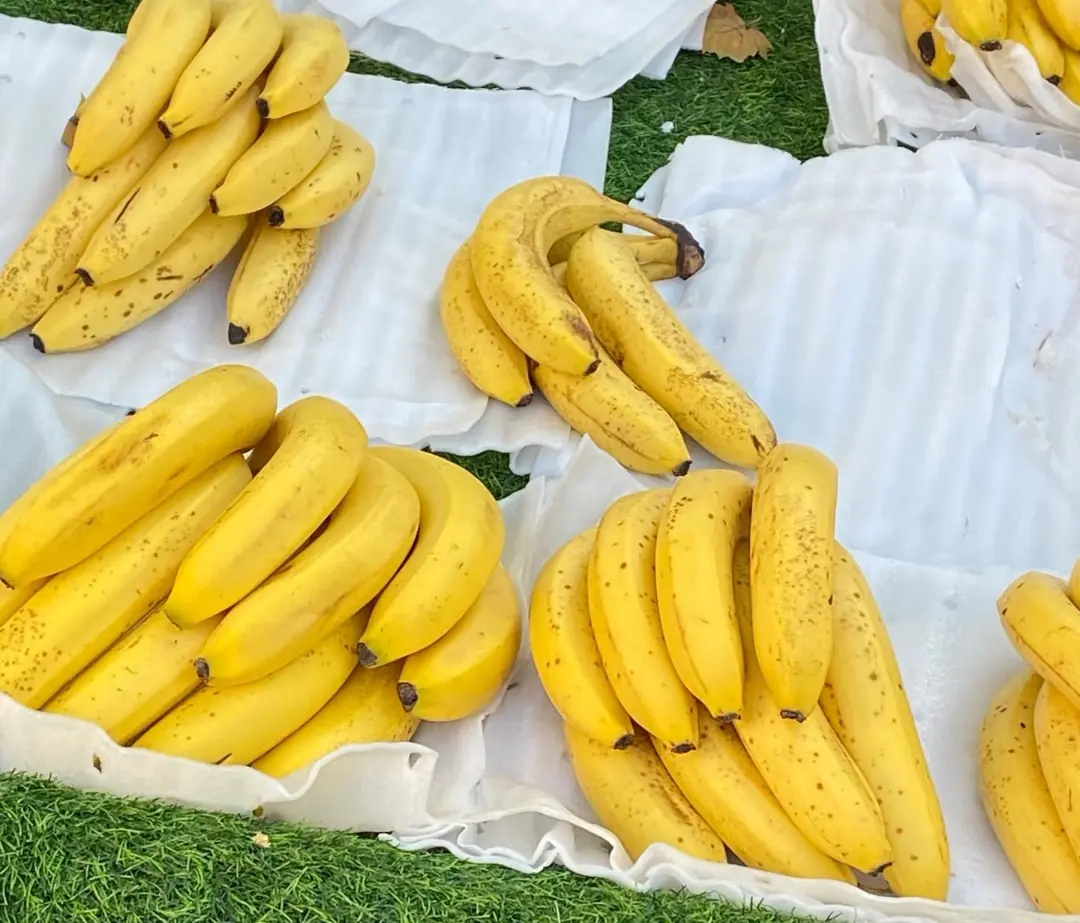
When Buying Bananas, Just Say These 3 Words — Sellers Will Think You’re an Expert and Won’t Dare to Cheat You

Stop Storing Ginger in the Fridge! Here’s How to Keep It Fresh for Up to 6 Months

Thought It Was Just Kitchen Waste, Lemon Peels Turn Out to Be a “Hidden Treasure” With 5 Little-Known Uses

Stop washing clothes the old way! Don’t just add detergent—try this quick hack and your clothes will come out like new.

Stop washing clothes the old way! Don’t just add detergent—try this quick hack and your clothes will come out like new.

Expert reveals 'military sleep method' that helps you fall asleep in just two minutes
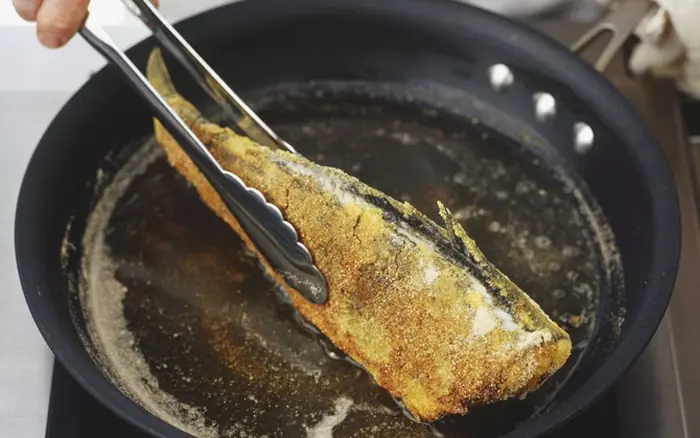
Don’t Fry Fish with Just Oil: Add These 3 Ingredients for Golden, Crispy Fish with No Oil Splatter

Warning for Anyone Using an Air Fryer: There’s One Essential Part You Must Clean—but It’s Often Overlooked
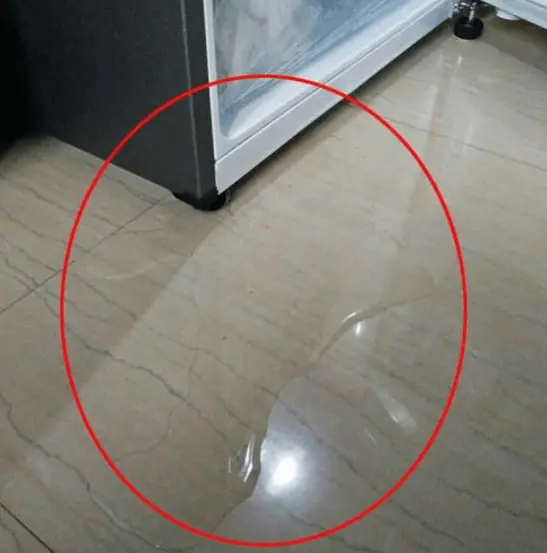
Fridge leaking water: Don't rush to call a technician, just do this to keep your fridge running smoothly without spending money

7 Power-Hungry Home Appliances: Unplugging Them Can Save Electricity—but Also Shorten Their Lifespan
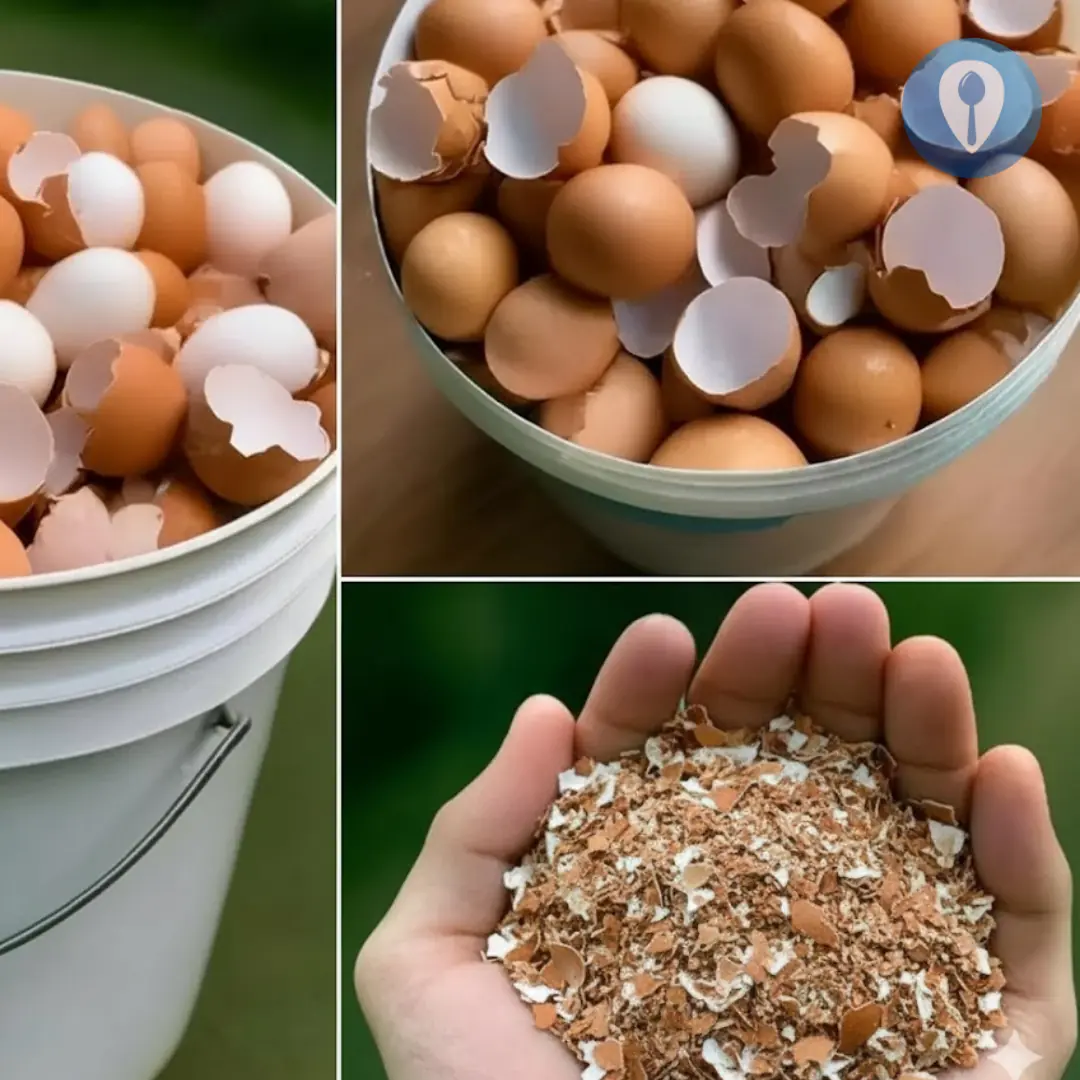
Boil eggshells and say goodbye to the …
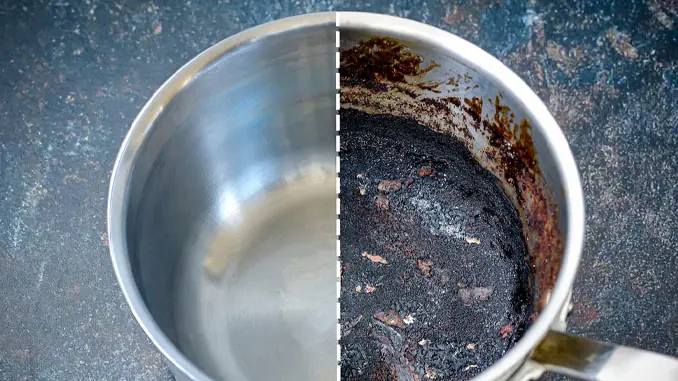
Instead of using steel wool, this is the proper way to clean stainless-steel pots and pans to help extend their “lifespan”—a tip many people don’t know.
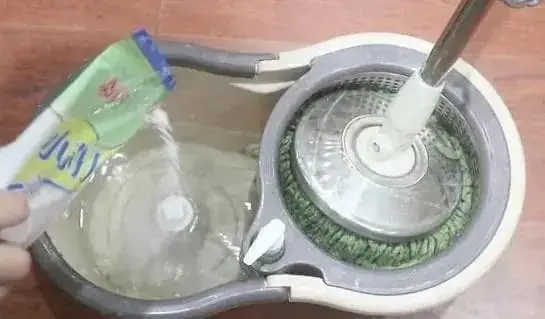
Mopping with Plain Water Is Pointless: Add This One Thing and Your Floor Will Shine Like a Mirror All Week!

How to store rice properly to prevent moths and keep it fresh longer
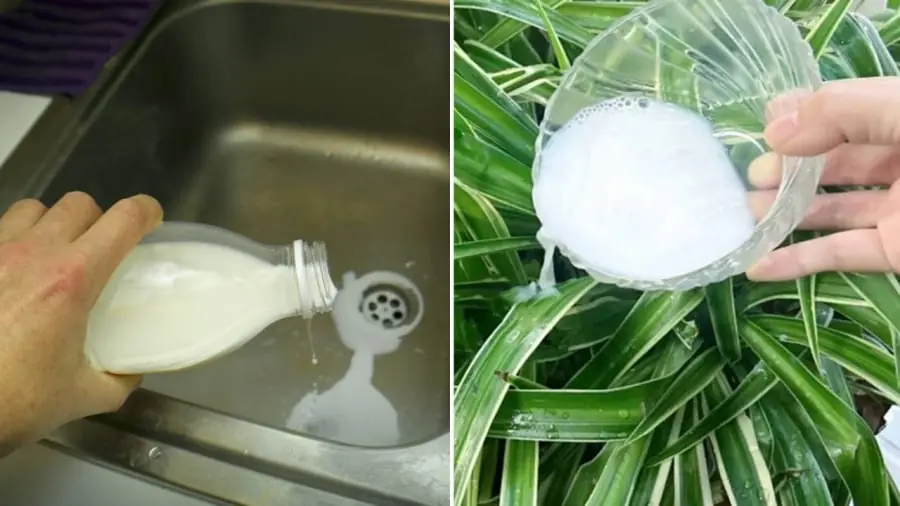
Don’t Throw Away Expired Fresh Milk — Keep It for These 4 Amazing Uses

How to drive away an entire rat colony using simple household ingredient
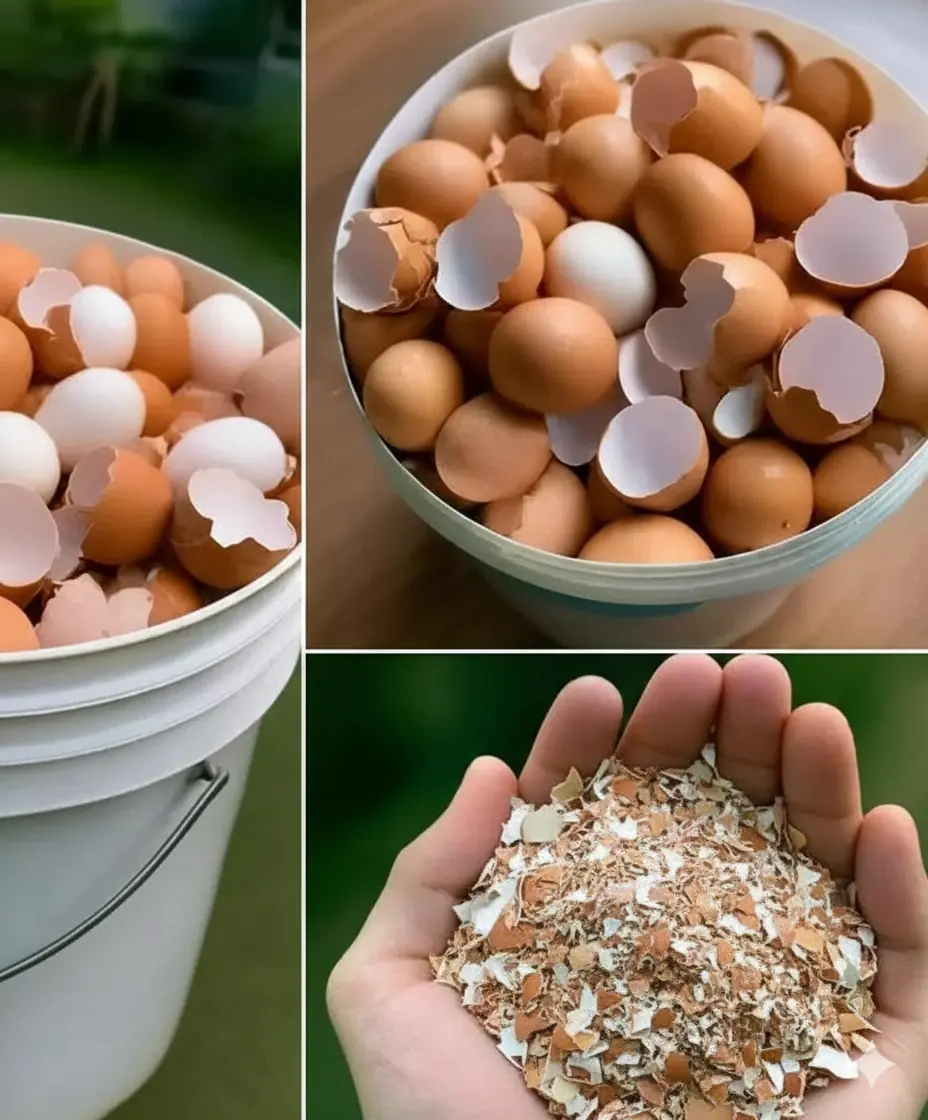
Boil eggshells and say goodbye to waste: The surprising uses you need to know
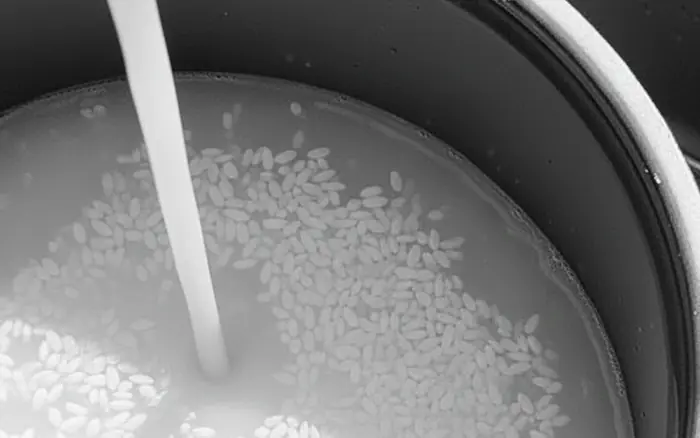
Cooking Rice with This Milky-White Liquid Is Far Better Than Using Plain Water: Tastier Rice, Better Skin, and Protection Against Many Diseases

The First Steps to Take After a Snake Bi:te
News Post
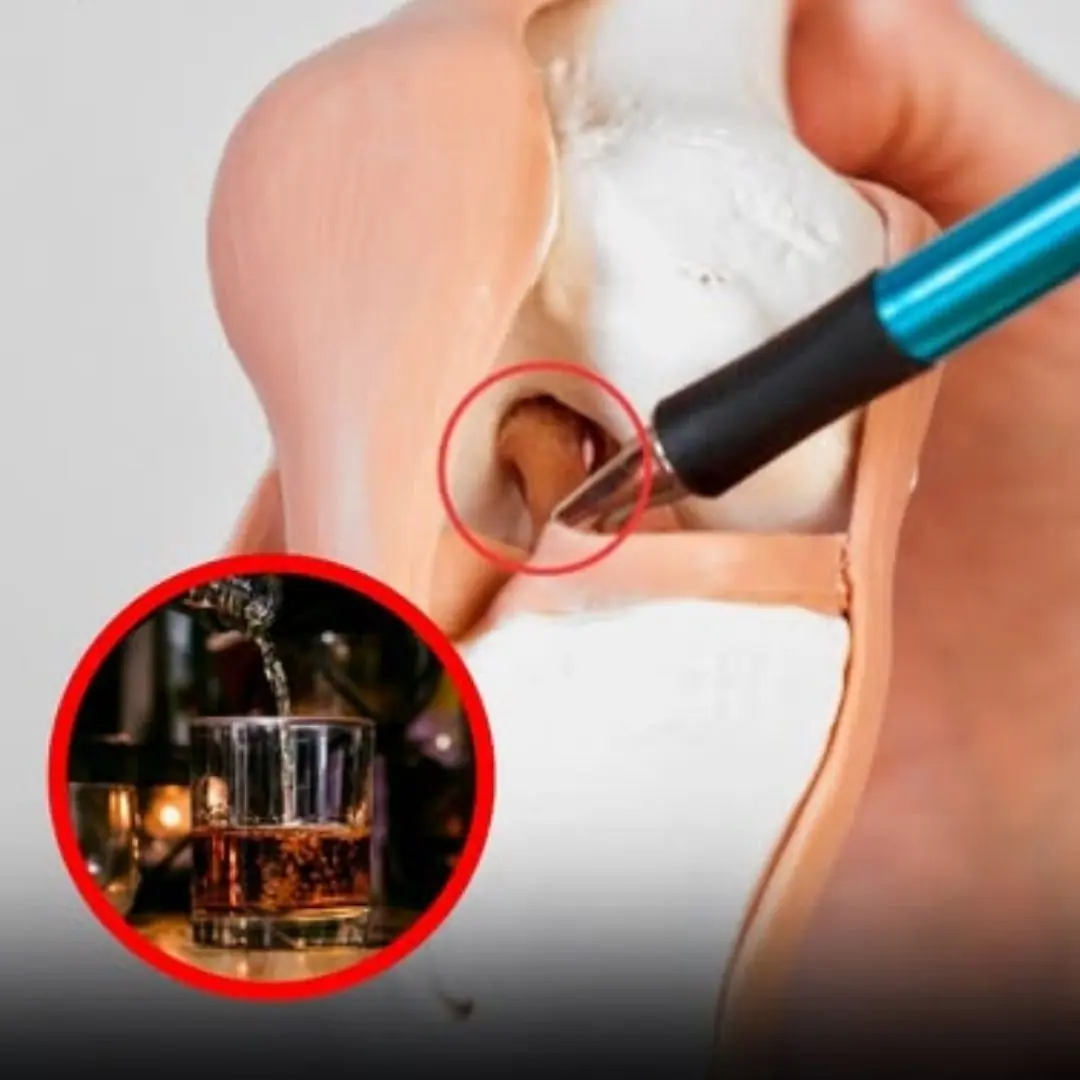
6 foods that silently drain calcium from the body, the more you eat, the weaker your bones become

90% of women don’t know this trick: Add this one thing to the pan and you can fry “everything” without worrying about oil splattering!

Top Hospitals Issue Stark Warning: This Common Meat May Be “Feeding” Can.cer — Just 50 Grams a Day Raises De.ath Risk by 18%
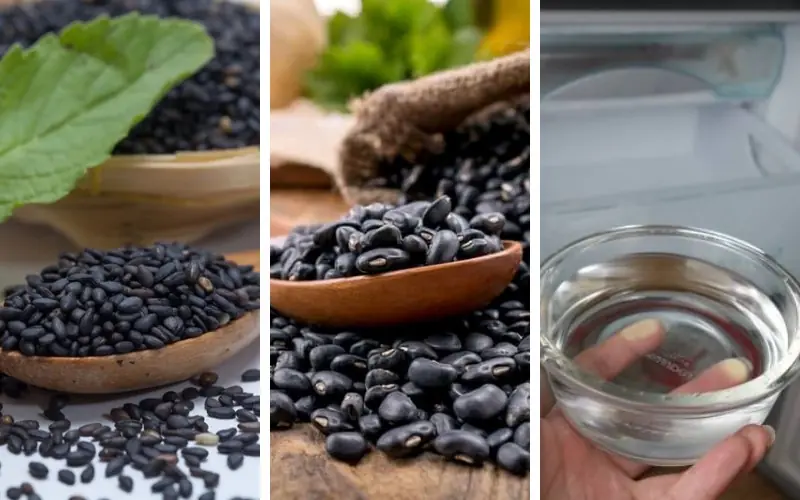
Black Beans and Black Sesame: The Ancient Pair That “Cleans by Day, Restores by Night” — Yet Most People Use It Wrong

When Buying Bananas, Just Say These 3 Words — Sellers Will Think You’re an Expert and Won’t Dare to Cheat You

The Real Causes of Constant Phlegm and Mucus in Throat — And How to Get Rid of It

3 Signs Your Parent May Be Nearing the End of Life — How to Prepare for What’s Ahead

Why you keep waking up with dry mouth—and what it may be telling you

So this is what it does, here is the answer

If You Keep Waking Up at 3AM, The Universe Might Be Trying to Tell You Something

These sudden purple patches on my arms won’t stop appearing, and my doctor is booked until January. What’s happening?

The Hidden Meaning Behind Thumb Rings for Women vs. Men
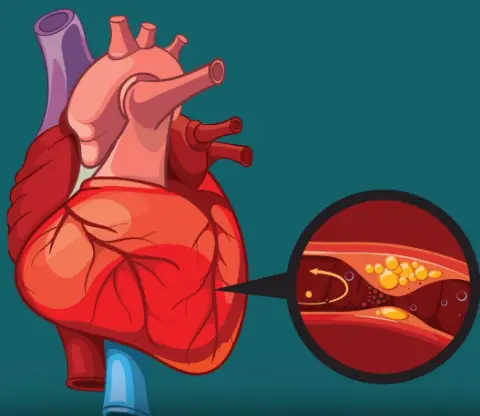
The Best Foods to Cleanse and Prevent Clogged Arteries
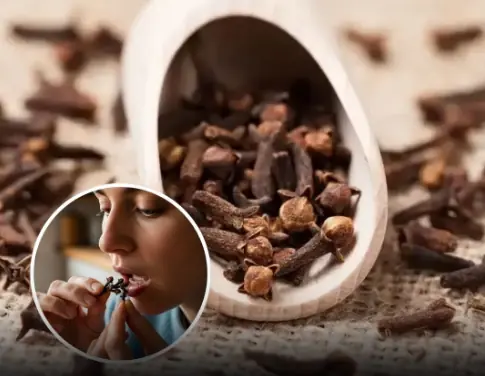
The Ultimate Guide to Cloves: Benefits, Uses, and How They Work

Top 10 Foods to Control Diabetes

90% of Cerebral Infarction Patients Did These 3 Things in the 3 Days Before a Stroke — Chances Are You’re Doing the Second One Right Now

PAN-SEARED WHITE FISH WITH GARLIC CHILI BUTTER

🩺 If Your Kidneys Are in Danger, Your Body Will Warn You With These 8 Signs
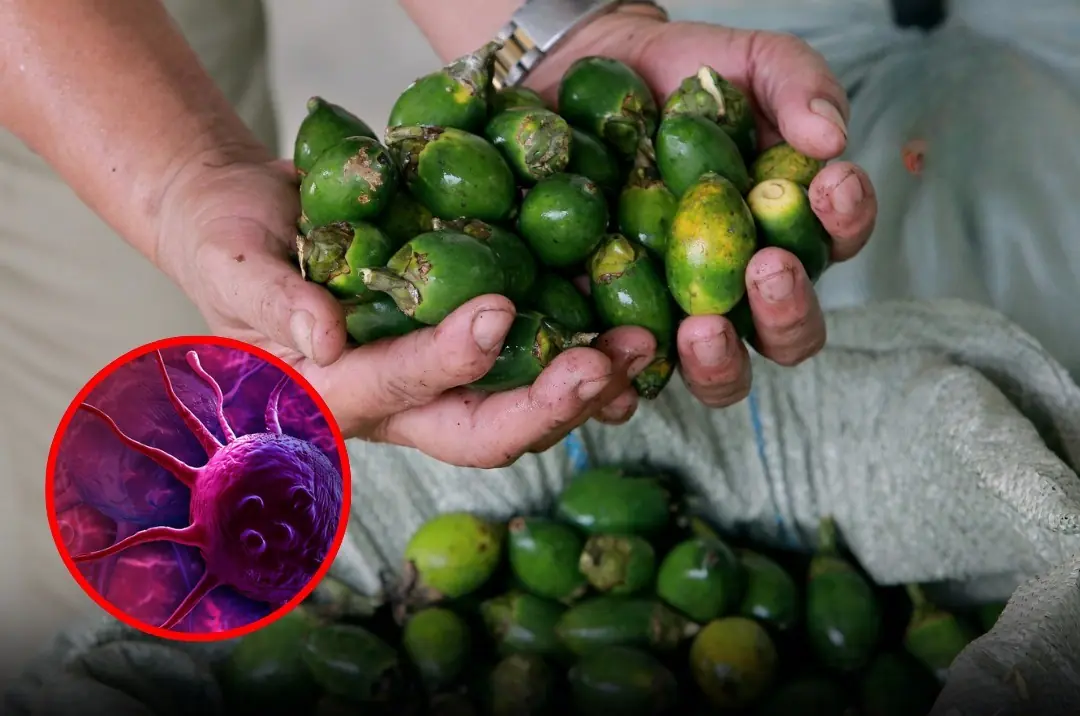
You might be eating these every day — and not know the dang:ers
